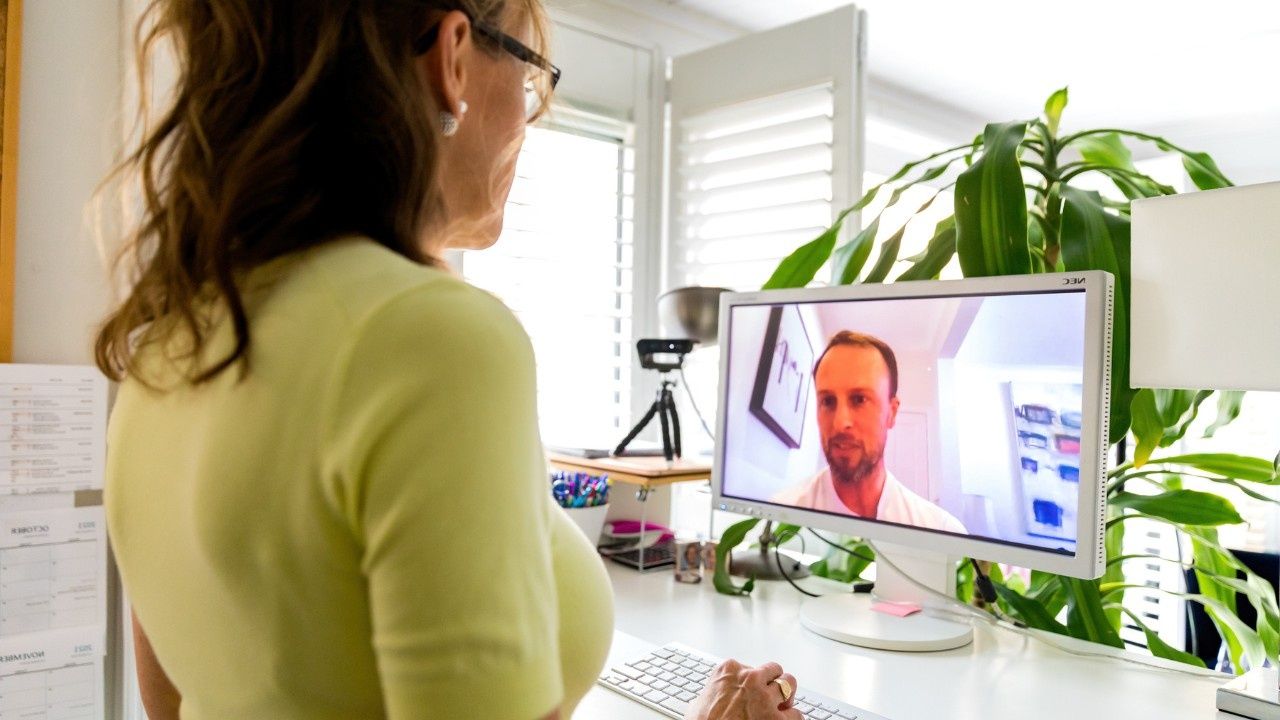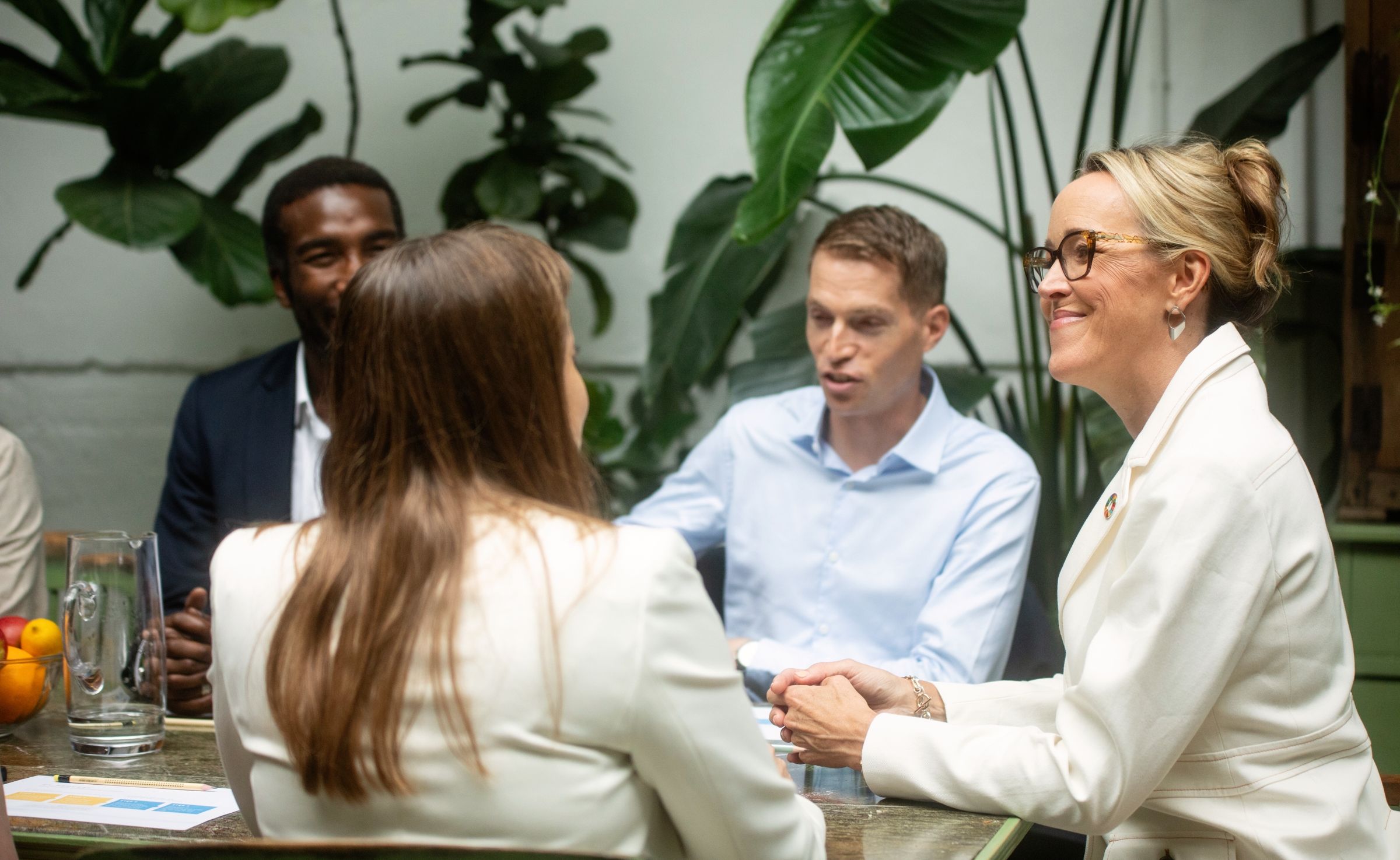The multiplier effect: 5 tips to create effective partnerships
Feb 22, 2024
Insights by Sarah Beaubien, Impact & Sustainability Lead at Mondelēz International
"If you want to go fast, go alone. If you want to go far, go together."
This proverb couldn’t be truer than for those working within sustainability leadership.
Yes, individual companies, governments or nongovernmental organizations can have a material impact. But to achieve genuine scalable transformation, organizations must work in tandem toward common goals or to inspire others within their sphere of influence.
The right partnership can amplify the impact of your environmental, social and governance (ESG) investments exponentially. It’s what’s known as the "multiplier effect." Speaking at our recent Impact Leaders Lab, a monthly event at which leading sustainability experts provide practical tips, Sarah Beaubien, impact and sustainability lead at Mondelēz-owned Clif Bar, summed it up like this:
"If you drop a pebble in the water and through thoughtful, intentional brand or business activation, it grows into a ripple, and that ripple eventually becomes a wave. That's where transformational change happens," she said. "We’re a small company that punched above its weight because of these partnerships."
Here are five ways to make your next partnership a success.
Think outside the box
Don’t make the mistake of limiting potential partners to industry peers, or even competitors. Consider how NGOs or charitable partners, suppliers across your value chain, your employees, or even the end consumer of your product or service can become mutually beneficial partners, too. Beaubien outlined how the snack brand has participated in a plethora of different relationships, from activating company employees through its Clif Corps program, an employee-led community service program that achieved 90 percent participation in 2023, to leveraging its relationships with top athletes. In 2022, for example, the company partnered with tennis champion Venus Williams and nonprofit Outdoor Afro to provide access to a range of outdoor experiences. By thinking more creatively about the types of partnerships that could be mutually beneficial, you open yourself up to a far more diverse, far more creative set of partners.
Use a framework to prioritize opportunities
Those leading sustainability teams at large organizations may find themselves fielding multiple requests for partnerships. How do you pick the right one? Clue: The secret isn’t to keep saying yes until you’re at zero capacity. Instead, filter each request through an objective framework that maps offers — and internal ideas, too — according to a set of clear criteria. To what extent would it use an organization’s existing resources, for example? Does it align with core business strategy? What investment does it require? What is the long-term potential of the project? At Clif, the team even considers carefully whether a particular program will help in attracting and retaining talent, according to Beaubien, given how competitive the current hiring landscape is. Analyze potential partnerships through this framework and use its clear metrics to gain the C-suite buy-in.
Be open to (true) collaboration
The best partnerships are borne from a genuine desire to collaborate. That means being able to accept outside ideas, delegate responsibilities and know when to take a step back. Crucially, if you’re the lead organization on a project or cause, that doesn’t mean you must oversee each element of its execution. Instead, set out the strategy and then aim to inspire others to co-deliver, rather than instruct. As Beaubien pointed out, that is the beauty of the multiplier effect. "All the work doesn't have to be done by our team," she said. "We're just sort of the source of the ‘light,’ and then that ripples out. We then have companies and organizations approaching us saying, ‘We've got this great opportunity, we've got this great coalition, do you want to be part of it’?"
Identify where you can add value
If it’s not in your wheelhouse — not strategically linked to your core business — then think twice about getting involved. If a partnership doesn’t clearly align with your core product or service, or to your wider impact strategy, then you could end up becoming a burden to your own stakeholders, rather than acting as a catalyst for positive change. Instead, invest most heavily in those aspects of a partnership that align with your core business objectives and use existing resources, rather than asking for new investment. This amplifies your impact and also provides you with the greatest credibility, both internally and publicly.
Define what success looks like at the outset
Before you start delivering on a partnership, both sides should have already agreed on the business and community outcomes and impacts. For instance, how will they measure success and who in the partnership will be responsible for capturing the data?
This isn’t always straightforward. While purely commercial projects can often be analyzed according to quantitative key performance indicators such as revenues, profit or customer acquisition, the same can’t be said for partnerships rooted in ESG goals. That’s why it can be useful to make use of external frameworks that measure success, such as the London Benchmarking Group Methodology.
When I led the London Benchmarking Group, a member organization of 100-plus FTSE250 companies listed on the London Stock Exchange, focused on measuring, managing and reporting on their strategic community investments and partnerships, we helped companies to set targets at the outset. These targets were organized into two parts: the business and the community. What were the business inputs (cash, time or in-kind investments) and the business outputs (number of people fed, etc.) vs. community inputs (volunteers or project management time) and outputs (number of homeless provided accommodation)?
Measuring results is a key part of ensuring partnerships are effective, mutually beneficial and generate a solid return on investment for both stakeholders and shareholders alike.
The right partnerships can be invaluable in amplifying impact within sustainability. But to ensure they accelerate progress, rather than act as a hindrance, it’s critical that leaders consider carefully which partnerships provide the best fit for their organization and what’s required to achieve quantifiable success.
Shannon Houde is an ICF certified career and leadership coach who founded Walk of Life Coaching in 2009. Her life’s purpose is to enable change leaders to turn their passion into action and to live into their potential — creating scalable social and environmental impact globally. To follow more stories like these, join Shannon for Impact Leaders Lab where she interviews senior sustainability practitioners every month on their insights, advice and tips to lead scalable change within companies.
This article originally appeared on her Greenbiz Purpose & People column and can be viewed here.








